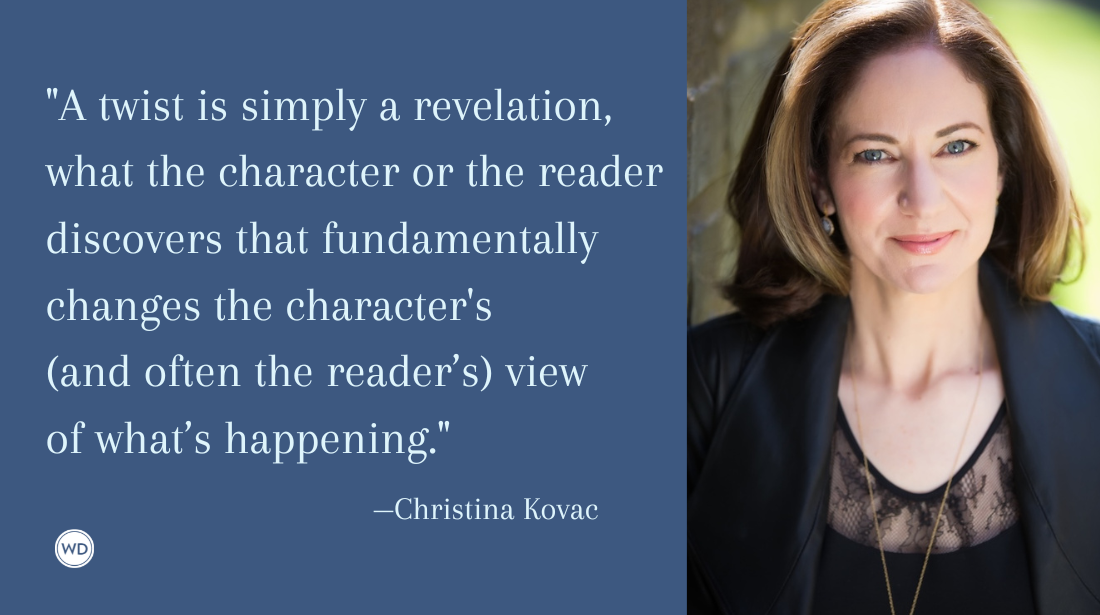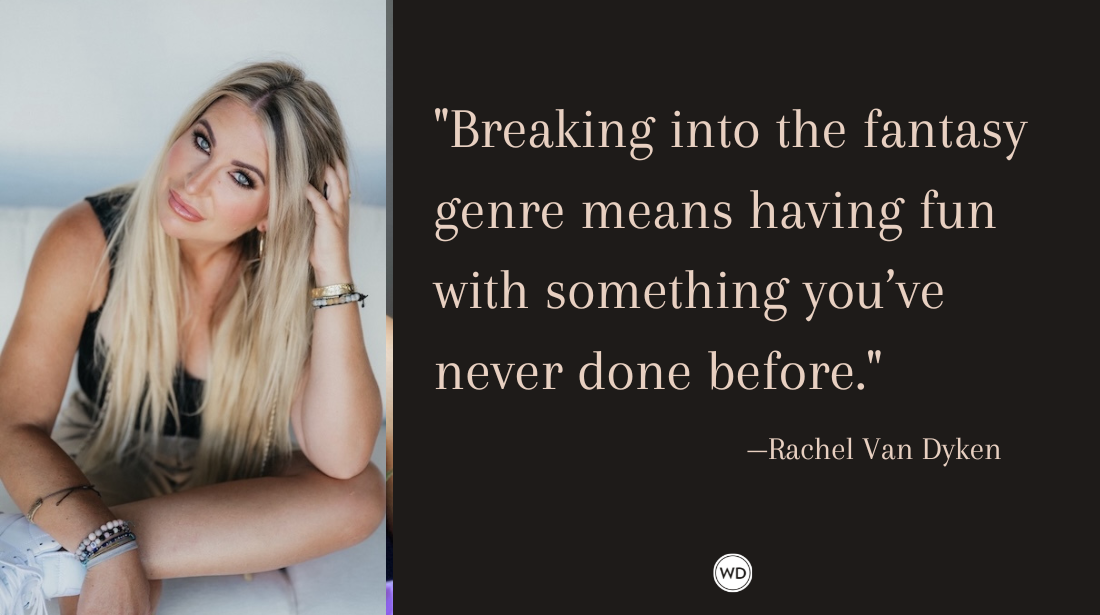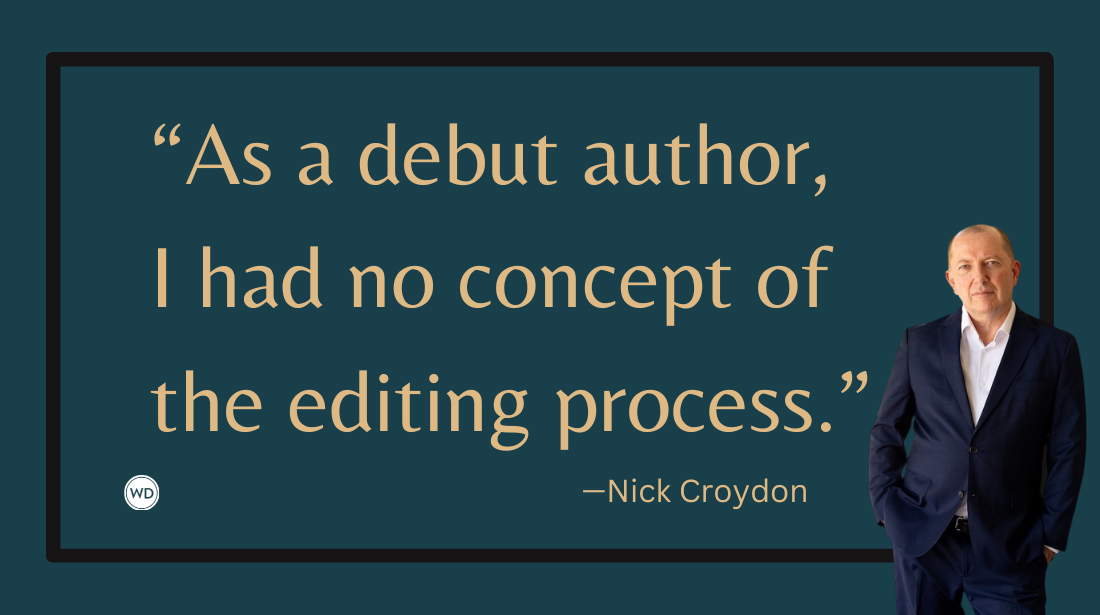How to Treat Mentally Ill Characters When Writing a Novel
To avoid stereotyping and caricature—and to keep your story believable—try these strategies and tips.
The megalomaniacal CEO. The sociopathic killer. The suicidal teen. The anxious woman self-medicating with booze and pills while caring for her demented mother. As writers, we invite these characters into our stories because they are true-to-life and because their psychological problems invite curiosity and compassion.
Mental illness is common.
Another reason to include the mentally ill in your cast is that, unfortunately, few people’s lives are not touched by serious mental problems. In a given year, almost one in five Americans suffer from mental illness. This figure, while alarming, is likely an underestimate; the study didn’t include some prevalent disorders (ADHD and autism spectrum) and relevant groups, like people in prisons and mental institutions. Given the prevalence of mental illness, you might ask yourself if your characters aren’t a little too sane.
Mental illness is complex.
Handled with care, a character with mental illness can not only enliven a storyline but also open readers’ eyes to new experiences and perspectives. Sounds great, right? But psychology and psychiatry are complex and evolving disciplines, and a writer ushering a mentally ill character into his or her story has an obligation to avoid caricature and, most importantly, get the facts straight. Believability is the cornerstone to good storytelling, and facts are the mortar that keeps the cornerstone in place.
IndieBound | Bookshop | Amazon
[WD uses affiliate links.]
To avoid stereotyping and caricature—and to keep your story believable—try these five strategies and tips:
1. Make the character relatable.
Although common, mental illness is not the norm, so characters with such disorders, especially psychoses, are imbued with “otherness.” The writer must provide a way for the reader to relate to the character despite the illness and because of it. In All the Best People, Carole LaPorte’s thoughts are disordered and she’s hearing voices—symptoms she strives to hide from her family. Her struggle to contain her illness, to be normal and whole for the sake of her loved ones, helps the reader identify with her. Barbara Claypole White’s The Perfect Son, featuring a teenager with Tourette syndrome, is an object lesson in how to develop a mentally disordered character. The boy is simply a boy, albeit a remarkable one.
2. Keep the narrative front and center.
Stories work best when they are spun around a person and a set of relationships, not an illness. Even “issues books,” such as those written by Lisa Genova, are successful only when the story focuses on what happens to a particular cast of characters. For instance, Genova’s story about Alzheimer's, Still Alice, would have been entirely different had the main character been a free-floating street artist rather than a cognitive scientist at Harvard. Mental illness can be debilitating and all-consuming, but it does not define a person. That job still rests with the writer.
3. Balance internal and overt symptoms and behavior.
The internal world of a mentally ill person is fascinating but can readily overwhelm the reader. It doesn’t take pages of suicidal ideation, obsessive thoughts or internal word salad to deliver the message of an altered mental state. Go easy on the subjective craziness and opt instead to show how others are reacting (or not) to what is going on inside the ill person’s head. Also, not all mentally ill people have insight; they don’t necessarily know that their behavior and thoughts are abnormal. Obviously, if the person doesn’t realize they are ill, or if they become confused about it as my character did, then they might be an unreliable narrator. This can be a powerful tool but it is important to know upfront what relationship your character has with his or her illness, how that affects the interplay of external and internal worlds and the access others have to the character’s problems. It can be as complicated as you wish, don’t leave the reader behind.
4. Specify the disorder, at least in your head.
Generalized “craziness” does not exist. A mental illness can elude diagnosis, or have a complicated diagnosis, but as a writer, you should try to pinpoint the disorder, even if your character is never properly diagnosed. Why? Disorders are defined by specific behaviors and cognitive flaws, so the more you narrow down the diagnosis, the more you know about how your character might behave, feel and think. For example, mania is evidenced in several disorders, including bipolar disorder, drug-related disorders, and some sub-types of schizophrenia. Knowing the underlying problem has ramifications for your character’s other behavior, their prognosis, treatment, and whether the problem might have a genetic component.
5. Get the details right.
I recently read a book in which someone treated with anti-depressants felt better within a few days. Nope. Relief via medication, if it comes, can begin after two weeks but the maximum effect can take eight weeks. Details like this matter not just because they satisfy knowledgeable readers but also because spreading misinformation about mental illness does everyone a disservice.
Mental health is a rapidly changing field, so ensure your information is correct for your time period. Terminology, diagnosis, treatment options, and prognosis can be vastly different from one decade to the next. Fortunately, there are resources at your disposal:
- Consult the relevant version of the Diagnostic and Statistical Manual (DSM), the official guide to mental disorders. The American Psychological Association updates it periodically, so use the one corresponding to your setting. The National Alliance on Mental Illness (NAMI) is also an excellent resource;
- Seek out mental health professionals and those who have first-hand experience with the disorder (patients and/or loved ones) to lend authentic details;
- Visit online forums, but be discreet, respectful, and appropriately cautious.
As with all research, don’t rely on a single source. The credibility of your story is worth the extra time it takes to gain a deeper understanding of your mentally ill characters. I used to study animal behavior. Over the years, I noticed my affection increased for whatever species I was currently investigating: blue jays, kangaroo rats, and, yes, even spotted hyenas. Knowledge, profound knowledge, engenders respect and compassion, two traits we all could use more of, both as writers and as people.
Sonja Yoerg grew up in Stowe, Vermont, where she financed her college education by waitressing at the Trapp Family Lodge. She earned her Ph.D. in biological psychology from the University of California at Berkeley and published a nonfiction book about animal intelligence, Clever as a Fox (Bloomsbury USA, 2001). Penguin/Berkley publishes Sonja’s novels: House Broken, Middle of Somewhere, and All the Best People.
She lives with her husband in the Blue Ridge Mountains of Virginia. Find her on Facebook, Twitter, and Instagram as @sonjayoerg.









